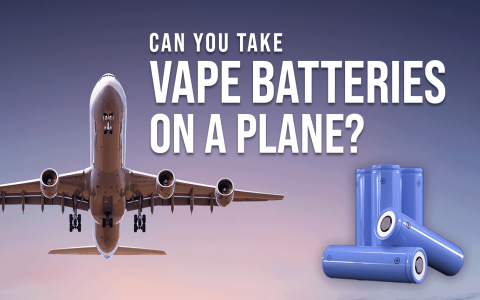The use of electronic cigarettes (e-cigarettes), vapes, and similar personal vaporizers is strictly prohibited onboard commercial aircraft globally during all phases of flight—taxi, takeoff, cruising, descent, and landing. This policy is mandated by international aviation authorities and consistently enforced by airlines.
Key Regulations to Know
- In-Use Prohibited Everywhere: Vaping is never permitted in the aircraft cabin, lavatories, or while standing near doors/boarding areas. There are no designated smoking areas.
- Carry-On Only: Electronic cigarettes and vaping devices, including spare components and batteries, must be carried in your cabin baggage. They are strictly forbidden in checked luggage due to fire risks associated with lithium-ion batteries.
- Battery Safety: Spare lithium batteries must be carried in your carry-on bag. Terminals should be protected (e.g., in original packaging, individual plastic bags, or with tape over terminals) to prevent short circuits. The use of charging devices on board the aircraft using USB ports or outlets is prohibited.
Consequences of Violation
Attempting to vape on an aircraft is a serious violation of aviation law. Consequences include:

- Confiscation of Device
- Substantial Fines imposed by aviation authorities.
- Removal from the Flight and potential banning by the airline.
- Legal Action in severe cases.
- Activation of Lavatory Smoke Detectors, potentially leading to emergency procedures or diversion.
Smoking Alternatives
If managing nicotine cravings is a concern, consult your doctor about approved nicotine replacement therapy options (like patches, gum, or lozenges) that are safe for flight. Never attempt to vape during your journey.








